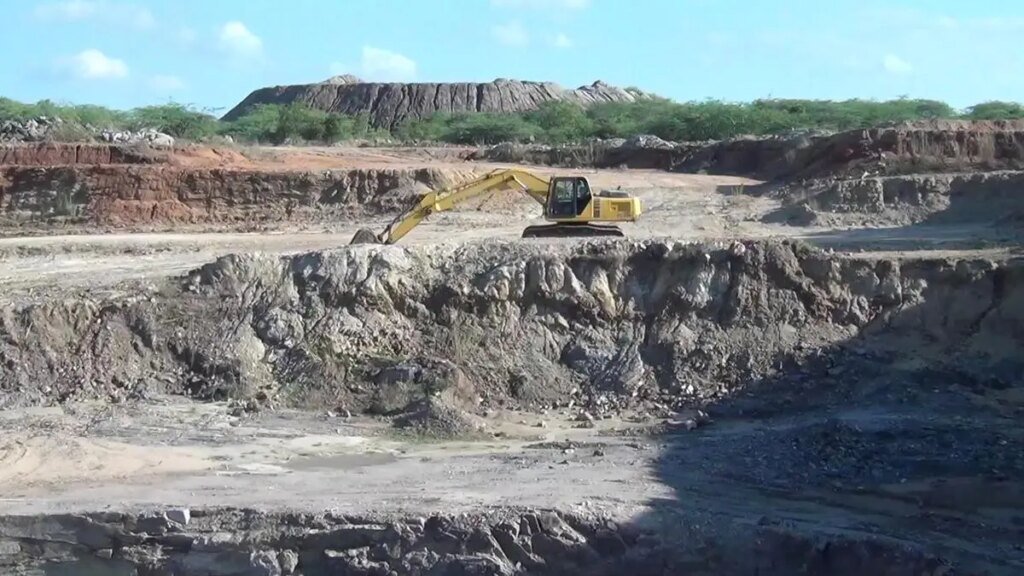India to become epicentre of oil demand growth by 2035 with import dependency hitting 92%, says IEA


According to the IEA’s World Energy Outlook 2025, India’s energy demand, growing at an annual rate of 3 per cent through 2035, is the highest globally, which is supported by growing demand from households and industries.
| Photo Credit:
PhonlamaiPhoto
By 2035, India will not only become the epicentre of global oil demand growth, surpassing China, but will also solidify its position as the leading exporter of transport fuels, says the International Energy Agency (IEA).
On the flip side, import dependence of the world’s third largest crude oil importer will rise to a whopping 92 per cent by 2035. This comes despite India’s ambitious plans to ramp up domestic production of crude oil.
According to the IEA’s World Energy Outlook 2025, India’s energy demand, growing at an annual rate of 3 per cent through 2035, is the highest globally, which is supported by growing demand from households and industries.
A critical projection by the IEA is the importance of crude oil in the global energy mix with indications that demand will plateau around 2050, post which India’s oil usage is also expected to taper down.
Oil and natural gas demand will increase 16 per cent by 2035 and continue to rise through to 2050. Their prices will also generally rise over this period. Oil demand in 2050 is expected to be 113 million barrels per day (mb/d) and natural gas demand is projected at 5,600 billion cubic meters (bcm), according to IEA.
“Oil remains the dominant fuel to 2050 in the Current Policies Scenario (CPS). China accounted for more than 75 per cent of oil demand growth over the past 10 years, but this picture is changing, and India becomes the new epicentre of growth in oil demand,” the world energy outlook anticipated.
Energy demand
India will be the largest contributor to growth in oil demand in this period (2025-2035), the second-largest for electricity generation and coal demand growth, and third-largest for natural gas demand growth.
India leads global oil demand growth over the next ten years, with almost half of the additional barrels produced globally to 2035 heading in its direction, the IEA said.
Its oil use will increase from 5.5 mb/d in 2024 to 8 mb/d in 2035 as a result of rapid growth in car ownership, increasing demand for plastics, chemicals and aviation, and a rise in the use of liquefied petroleum gas (LPG) for cooking.
“Oil demand in India increases by 2 mb/d to 2035, the largest increase in any country, and continues to rise through to 2050,” it noted.
The country’s natural gas consumption will also increase during this time. IEA expects gas demand in India to nearly double by 2035 hitting 140 bcm, which will be led by growth in its city-gas distribution (CGD) sector.
This growth in natural gas demand to 2035 is largely met by liquefied natural gas (LNG) imports, which almost triple between 2024 and 2035. In India, LNG has been growing in recent years, driven by opportunistic buyers and strong potential growth in demand, especially in industry.
IEA said that India’s import dependency rises from 87 per cent in 2024 to 92 per cent in 2035, despite the government’s efforts to promote domestic production.
Similar trends are projected for natural gas with import dependence expected to rise from around 50 per cent today to 70 per cent in 2035. Additional imports also cover the full increase in oil demand growth in India to 2035, the report anticipates.
However, India continues to strengthen its position as a global refining hub, which is also one of the targets of the government.
“Since 2022, India has emerged as a global swing supplier, refining volumes of Russian crude oil exports that previously flowed to Europe. India’s refining capacity grows from 6 mb/d in 2024 by 1.5 mb/d to 2035 which solidifies its role as a key exporter of transport fuel,” IEA said.
In terms of energy demand, India has the fastest rate of growth of any region, with an increase in demand of 80 per cent to 2035, driven by the rising use of air conditioners and appliances: despite this, it still has one of the lowest rates of electricity demand per capita among major economies in 2035.
In India, coal-fired generation rises in the near term before reaching a plateau by 2035 as renewables and nuclear advance.
Published on November 12, 2025



